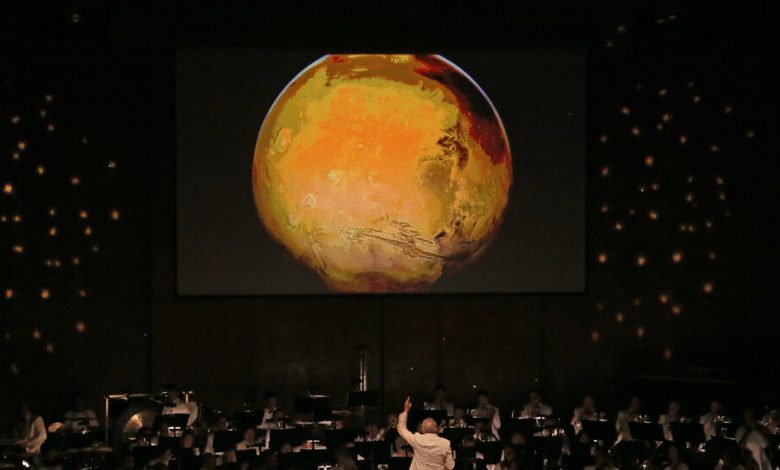The Team Effort Behind One of Classical Music’s Greatest Hits

In 1916, the composer Gustav Holst took a young conductor, Adrian Boult, on a long walk through Kew Gardens and Richmond Park in London. A few years earlier, Boult had written to Holst asking whether he had composed any music for small orchestra that he could perform. On this day, though, they discussed a much grander prospect: a suite for large orchestra that would become “The Planets.”
Holst arranged for Boult to hear a version of the piece at the piano, played by two of his colleagues, Vally Lasker and Nora Day. Few were better equipped than they were to introduce Boult to the score; as rehearsal pianists, amanuenses, copyists and performers, the two would be intimately involved in the creation of “The Planets,” one of the most popular orchestral pieces of the 20th century.
Documents from Lasker’s archive at the Royal College of Music in London show that this way of introducing “The Planets” to other artists wasn’t so unusual in its genesis. In an introduction to the piece given by Lasker on BBC radio in 1951, she said, “We had the great joy of introducing the work to all the great conductors in this country, and, after the war, to many of the great continental conductors.”
Karl Straube, Paul von Klenau and Wilhelm Furtwängler were among the international figures who heard early versions of “The Planets” played by Lasker and Day. The pair also helped Boult get up to speed as he agreed at short notice to conduct the work’s premiere to selected guests in 1918. (Six decades years later, Boult would make his fifth and final recording of “The Planets.”)
In January 1920, Lasker and Day played “The Planets” for Ralph Vaughan Williams, Holst’s friend and close musical associate, and by the time the work received its full public premiere later that year, by Albert Coates and the London Symphony Orchestra, the music already had many important admirers.




